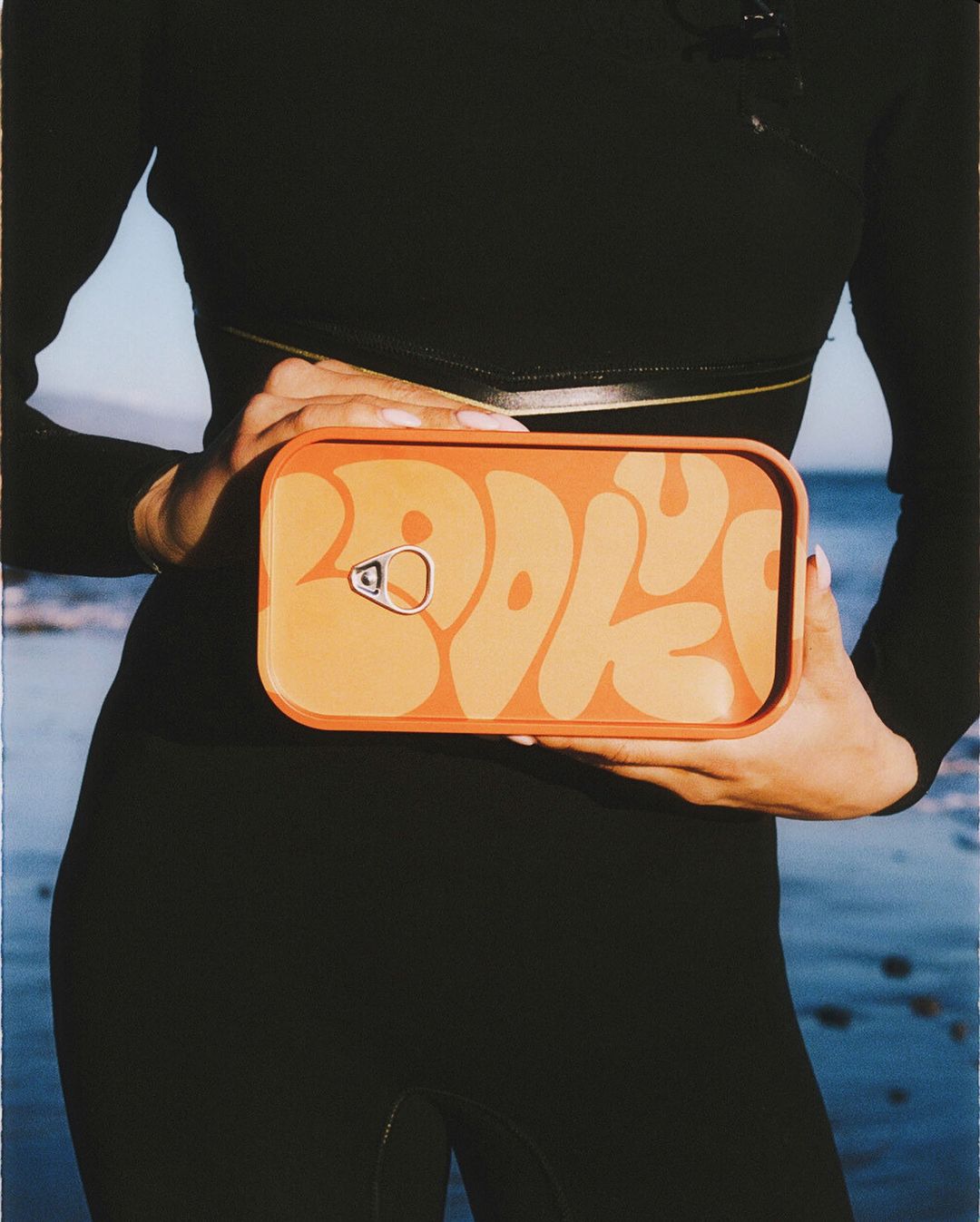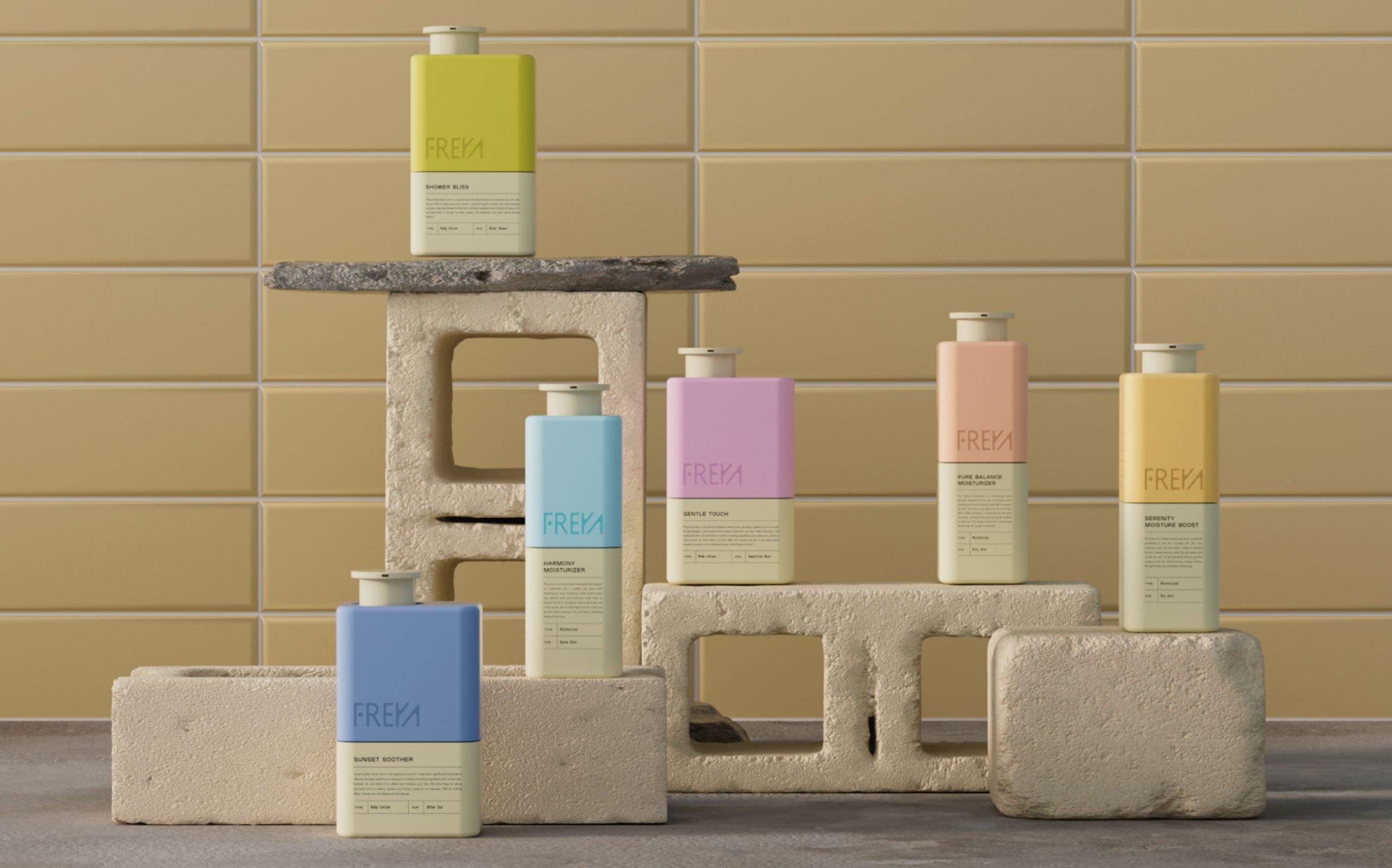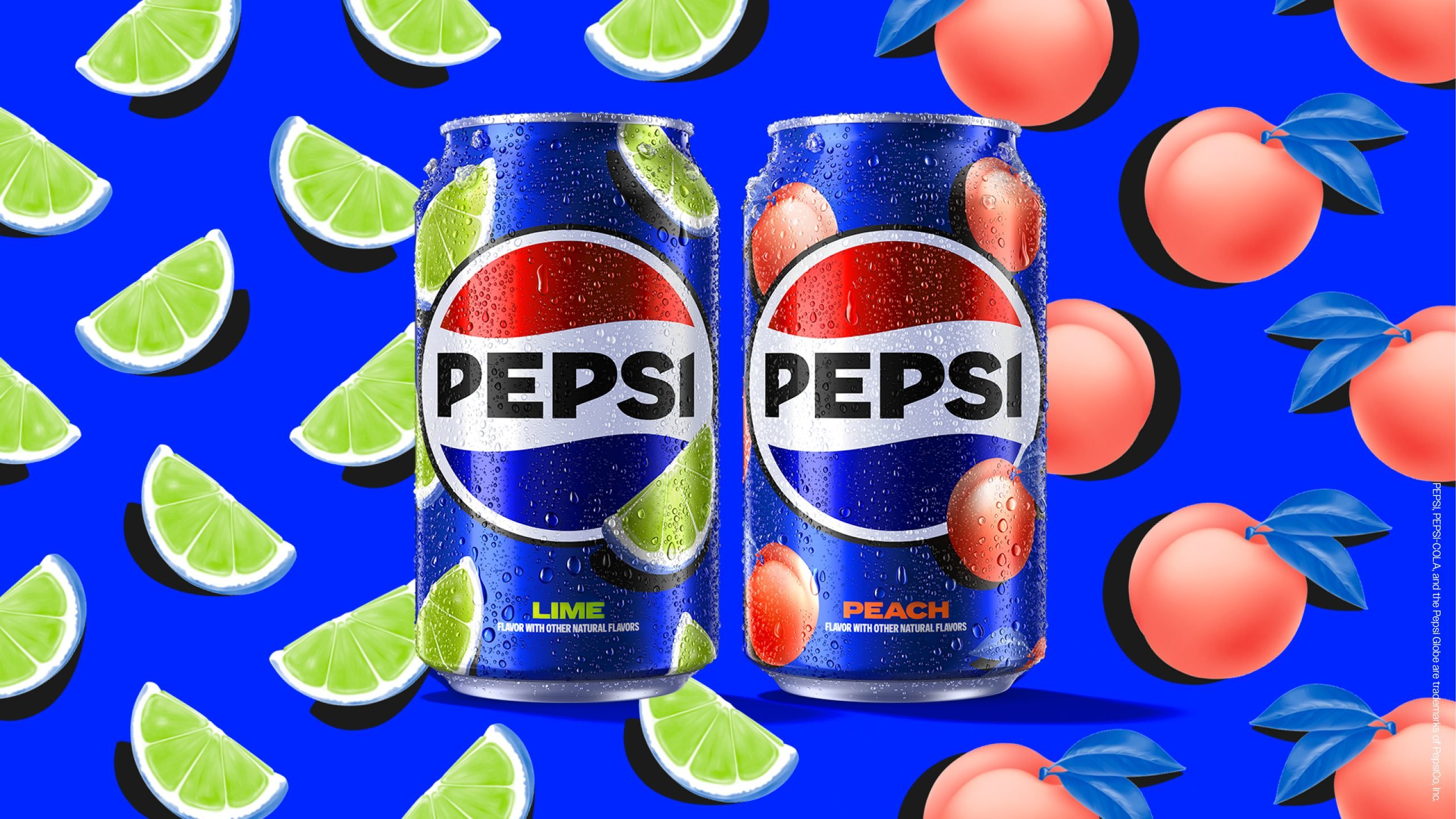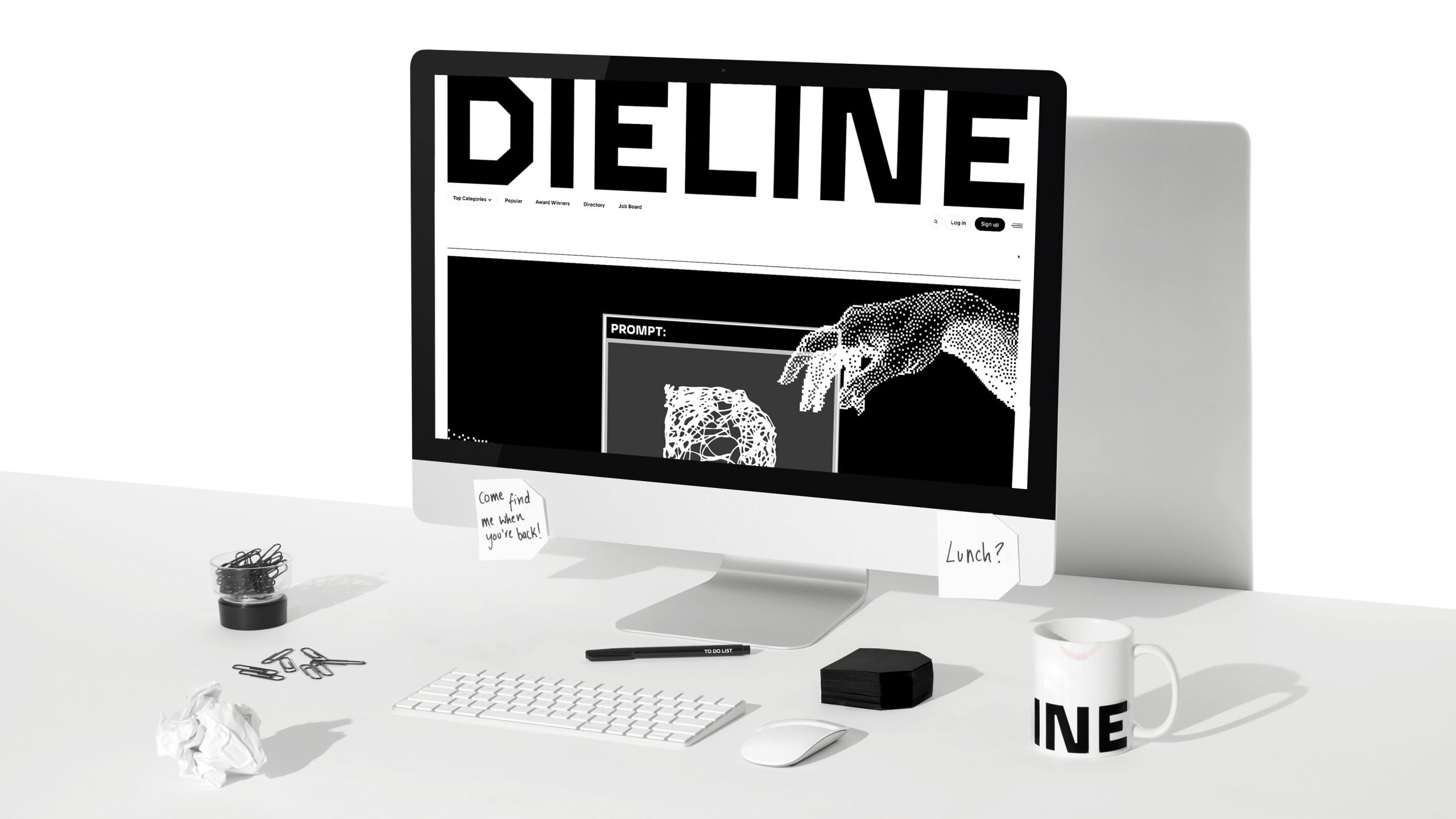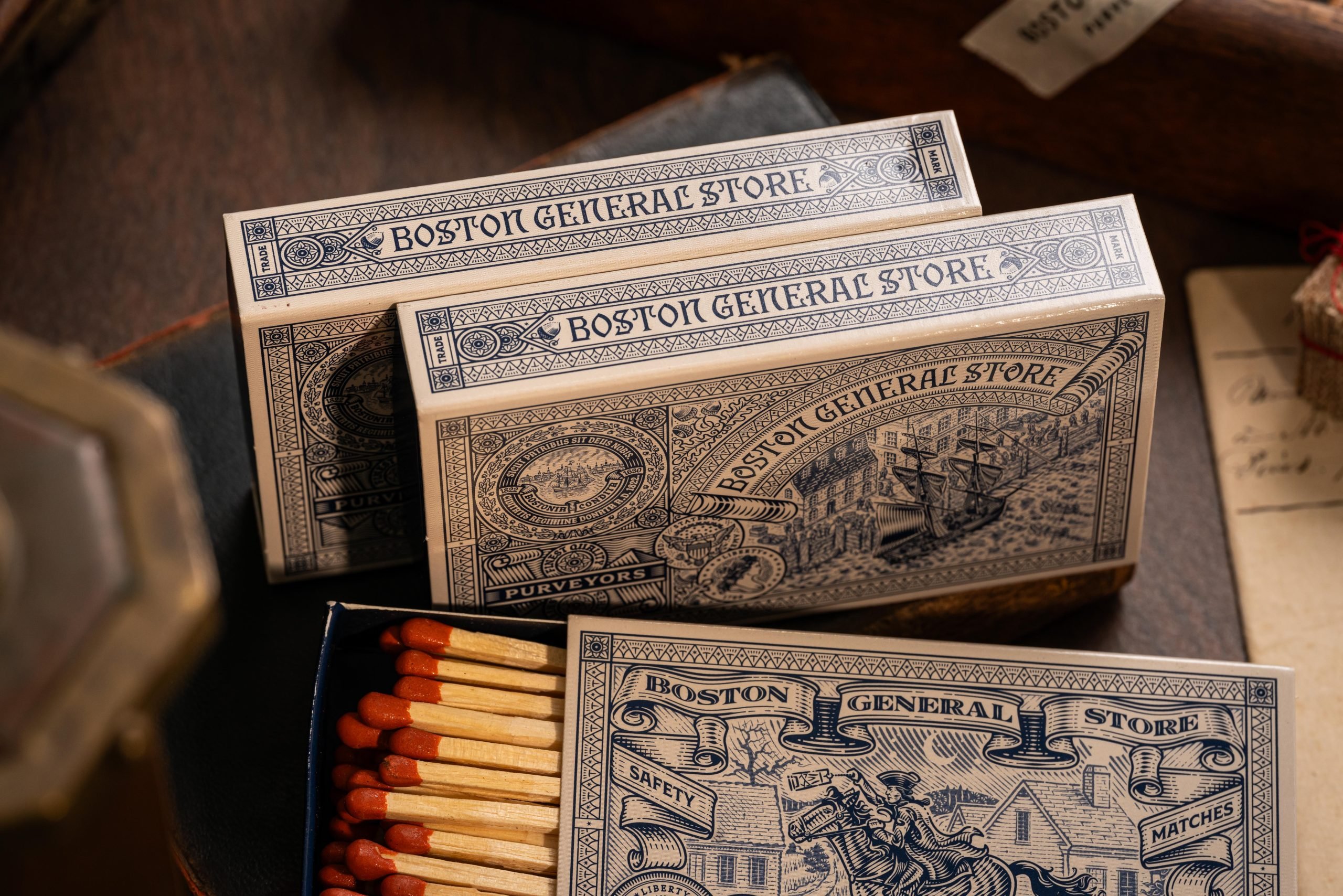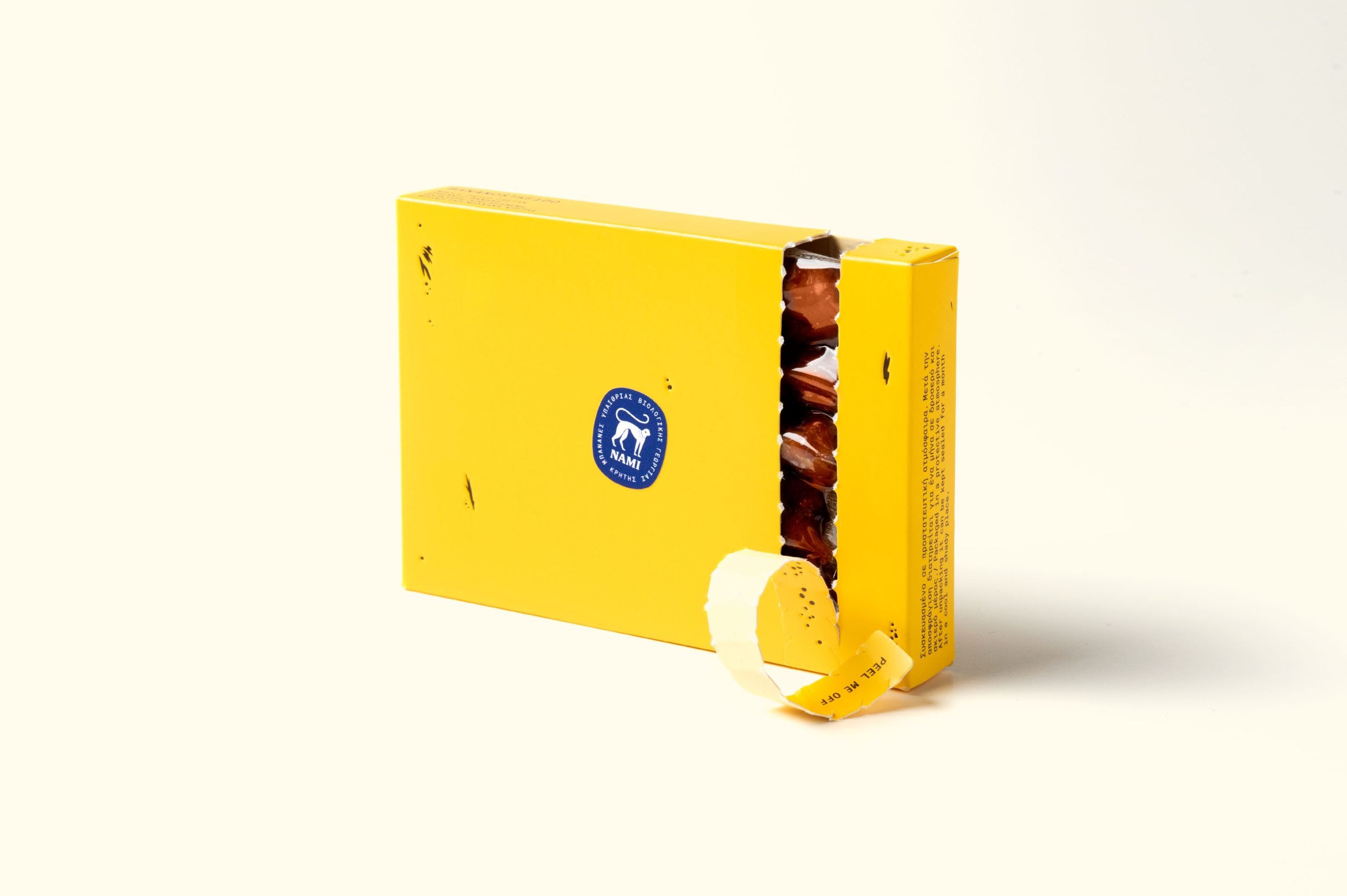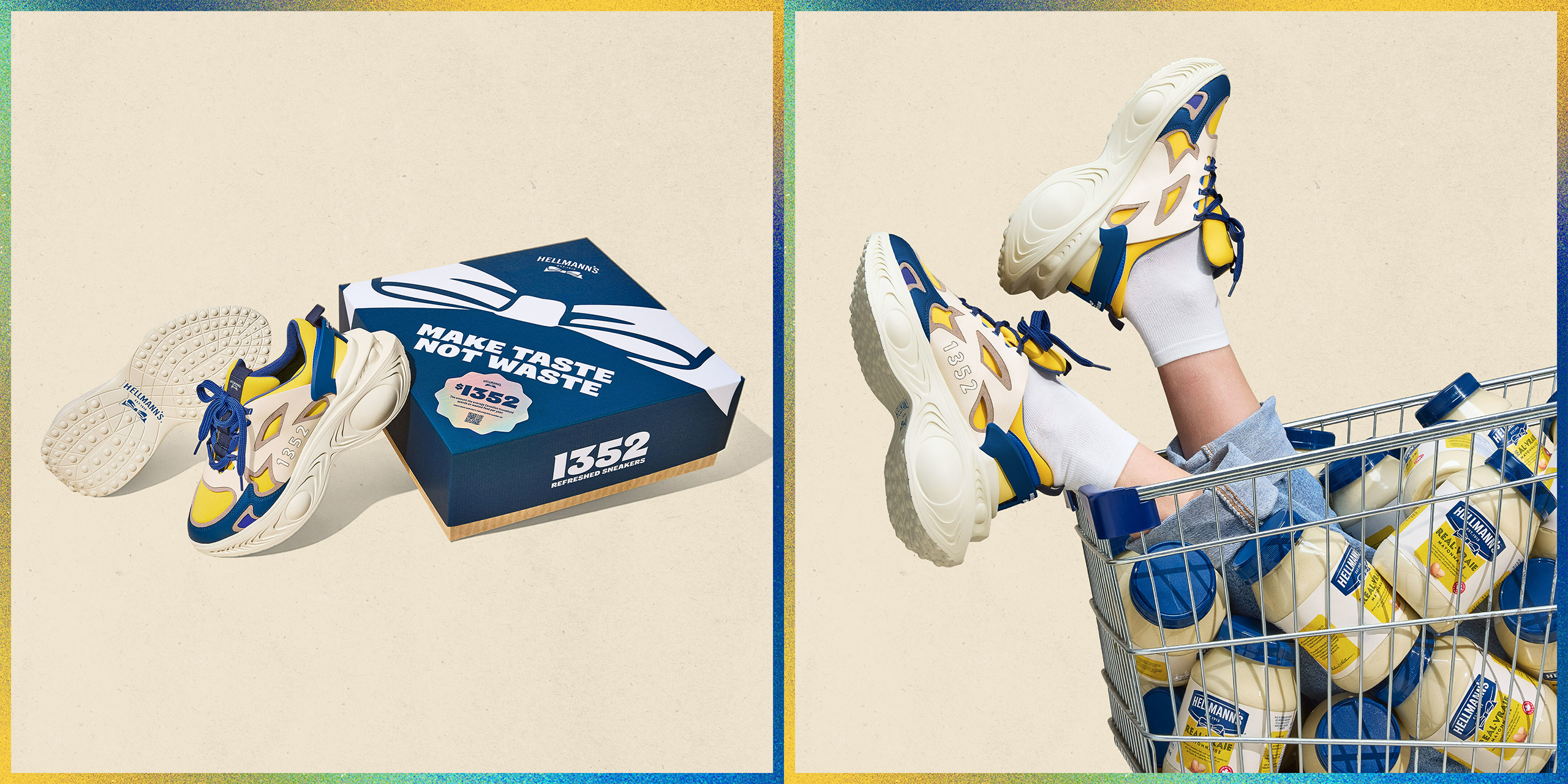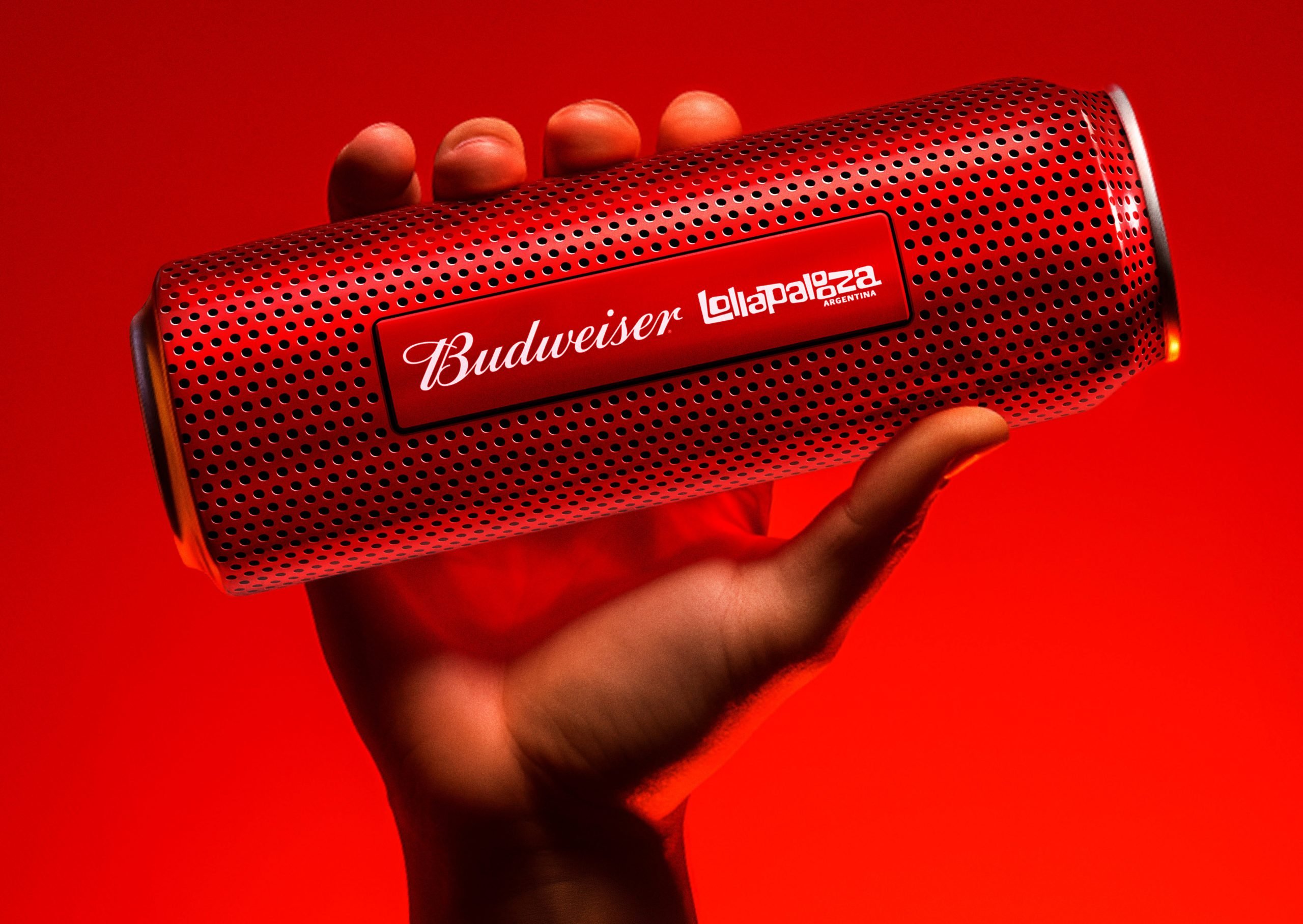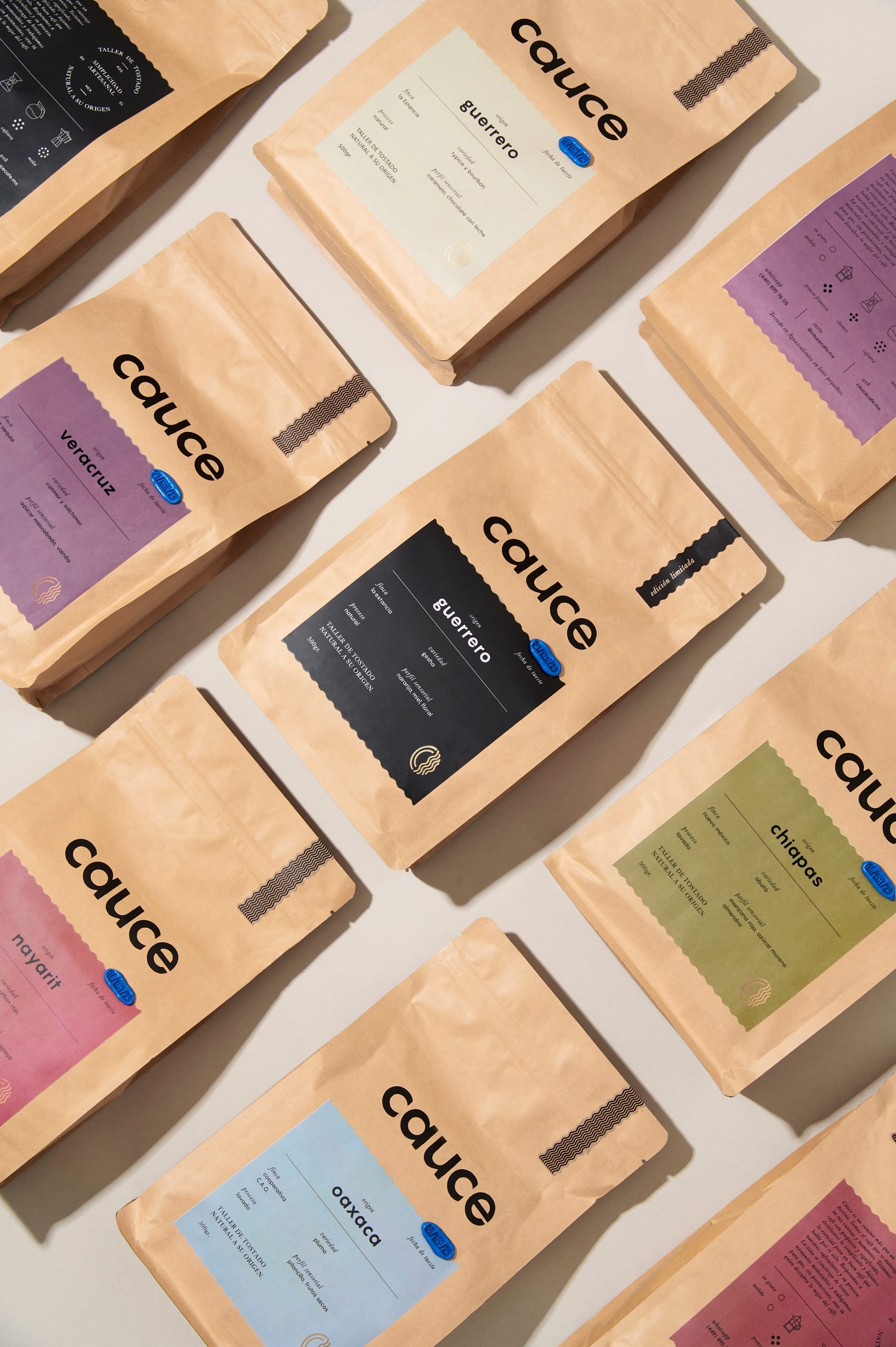By Danielle Sauve
Recently I was intrigued by a Digital Year in Review as jotted by Nestlé’s global head of (all things) digital and social media, Pete Blackshaw. As a digital influencer at one of the world’s largest consumer goods companies, it’s easy to infer that connecting physical products with digital experiences is part of Blackshaw’s mission. His point of view should make all of us in packaging lean in, listen closely, and consider:
Blackshaw’s point:
Digital content is about giving and giving (not a zero-sum game of give and take). Blackshaw himself generated content (or “content”) on Messenger, Skype, FitBit, Snapchat, Pinterest, Canva, and many more platforms. He is a content creator and appreciates others who create content.
